Home » Gear Reviews » Fishing » Fly Rods » Specialty Fly Rods » Orvis Superfine Glass
Orvis Superfine Glass Review
March 31, 2014



 87
87 The Good
- Shorter rod length works well on small streams with brushy banks
- Stiff butt section helps work big fish caught on light tippets
- Good casting accuracy within 40-foot range
- Soft presentations possible within 30-35 feet
- Good price-to-performance ratio
- Made in USA
The Bad
- Soft presentation not as easy to achieve as some of the other rods in this class
- Fiberglass rod weighs a bit more than graphite rods
- Casting distance compromised by shorter rod length
The Superfine Glass 764-3 (7'6", 4-wt) serves as an outstanding rod for dry fly anglers, especially on small to medium sized rivers where casting distance is less vital than casting accuracy and presentation. The Glass also works well when drifting small nymphs or dry-dropper rigs (fishing with a dry fly rigged with a small nymph hanging below it) on those same mid-sized waters.
A supple slow-action taper coupled with a firm butt section makes the Superfine Glass a top-notch dry fly tool capable of handling big fish. It also offers the versatility to be an effective nymphing rod when the need arises. We found we could get well-presented flies out to fish feeding 40-45 feet away – about as far as you’d generally ever need to go with a small dry fly!
Casting Distance and Accuracy
All our testers agreed that the SF Glass could accurately cast line in the 40-45 foot range without significant effort, and even the rawest rookie we had handle the rod was able to cast with good accuracy about 35 feet out. Our better casters could put a fly well past 45 feet but the shorter rod length altered their accuracy as they started to reach further up the river. Fortunately, when working small dries, getting long casts across moving waters isn’t needed (or generally wanted). An effective dry fly presentation to a finicky eater requires a smooth, drag-less drift and that’s difficult to achieve with 40 or 50 feet or more of line laying in moving water (and typically moving at several different speeds) between you and your fly.
Versatility
Though all the rods in this class work best when fishing dry flies to rising trout, there often comes a time when anglers will need to tie on something other than a dry if they want to catch fish. The Superfine Glass proved to be one of the best when pressed into service with other flies as the need arose. We found it could reasonably handle casting the extra weight and torque of throwing big dry flies (such as hoppers, Chernobyl ants and big stoneflies) and dry/dropper rigs (a nymph dropped beyond a dry fly) provided the cast wasn’t more than 35-40 feet.
Dan Nelson
- Managing Editor & Fly Fishing EditorDan Nelson is GearInstitute.com's Managing Editor & fly fishing editor. He is based in the Pacific Northwest.










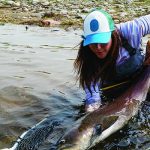

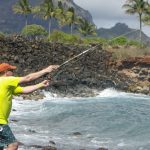

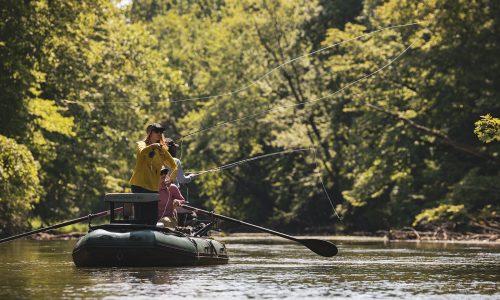

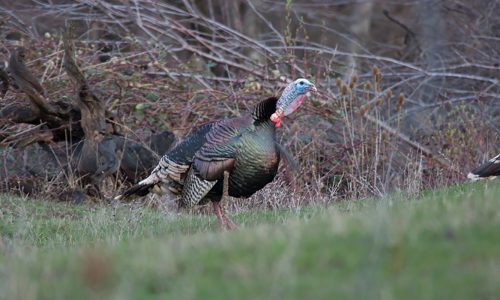
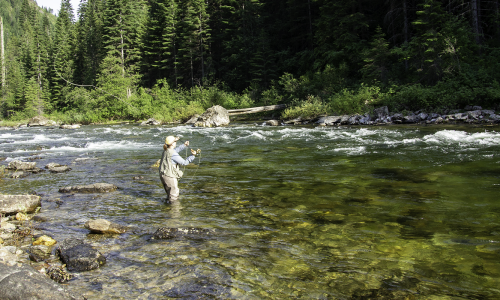


No reviews have been posted for this product.
Use this gear?
Join Gear Nation and leave a review!
Create an Account